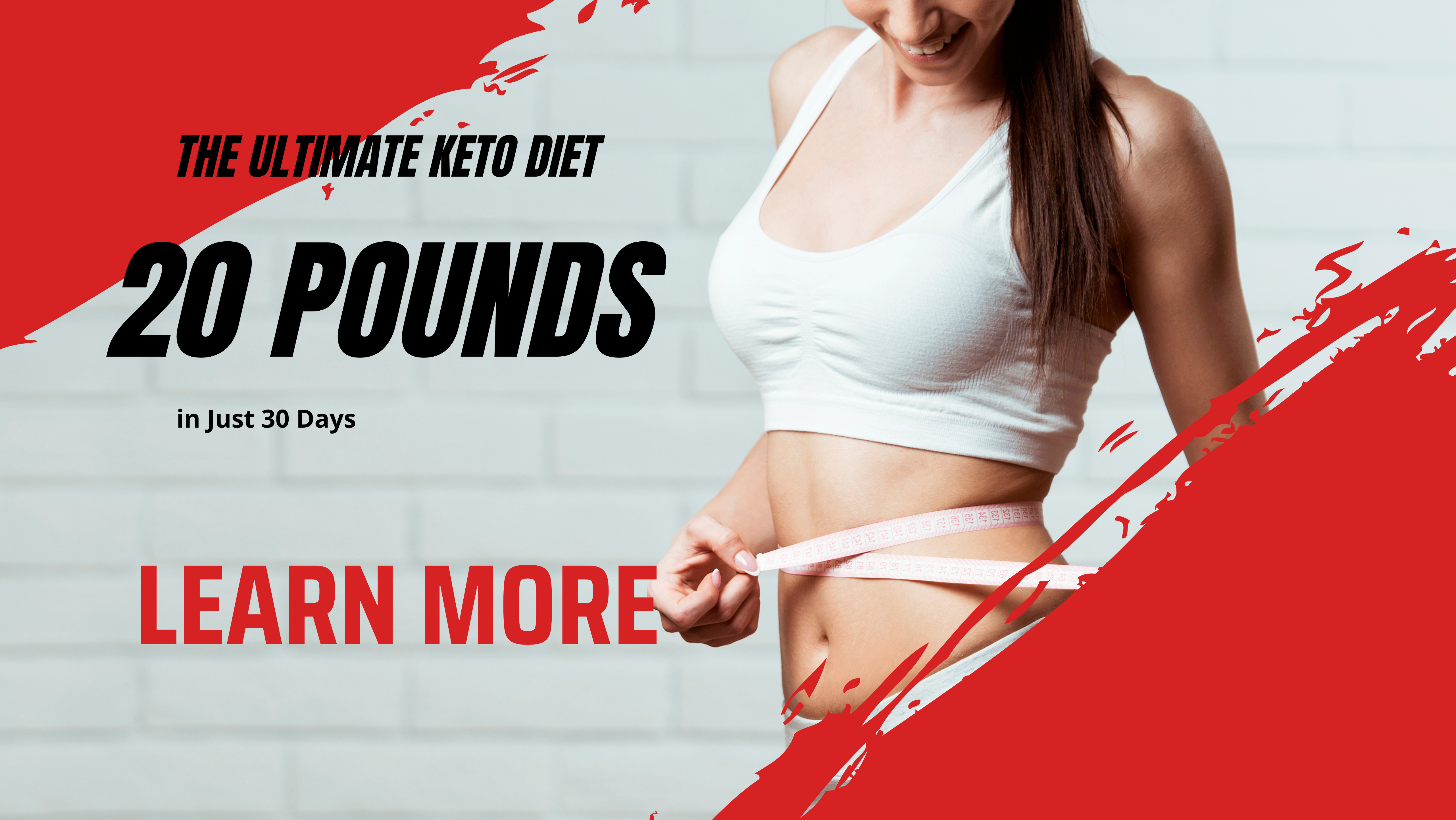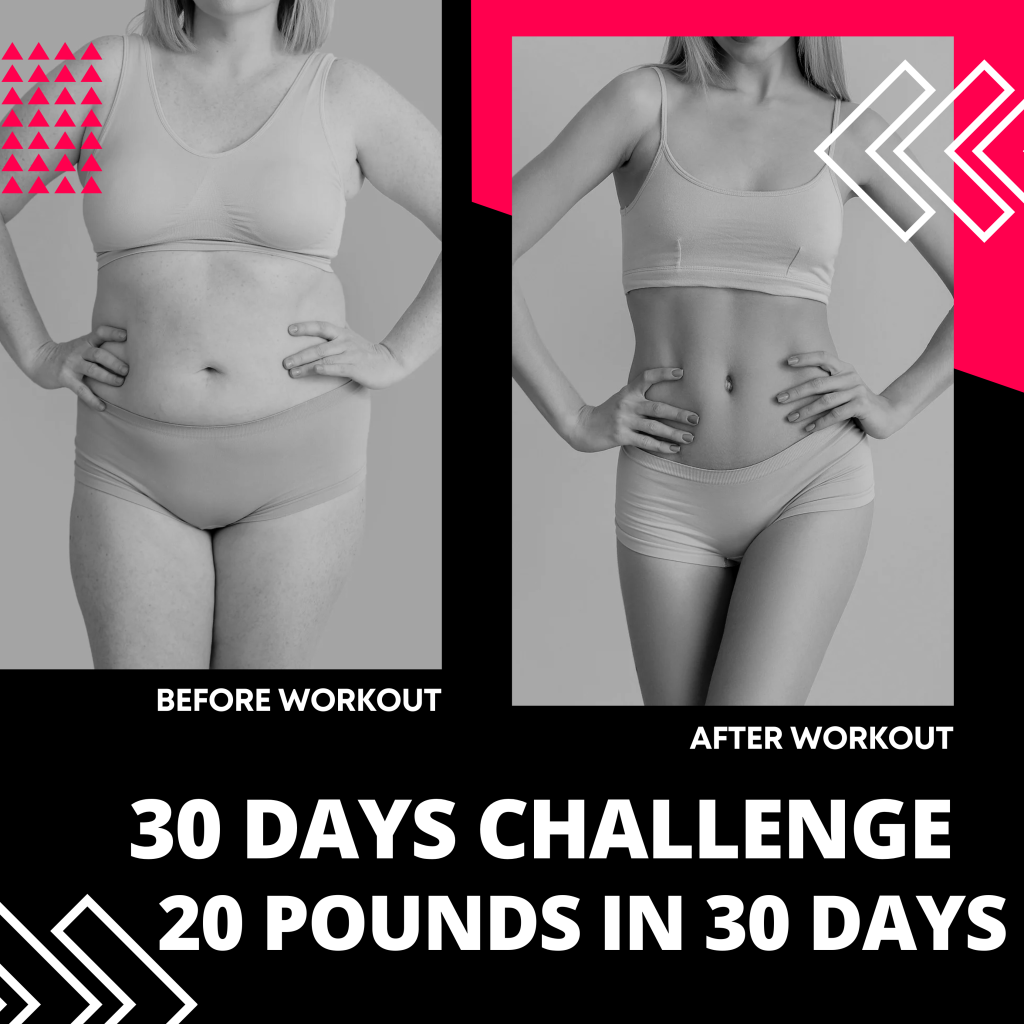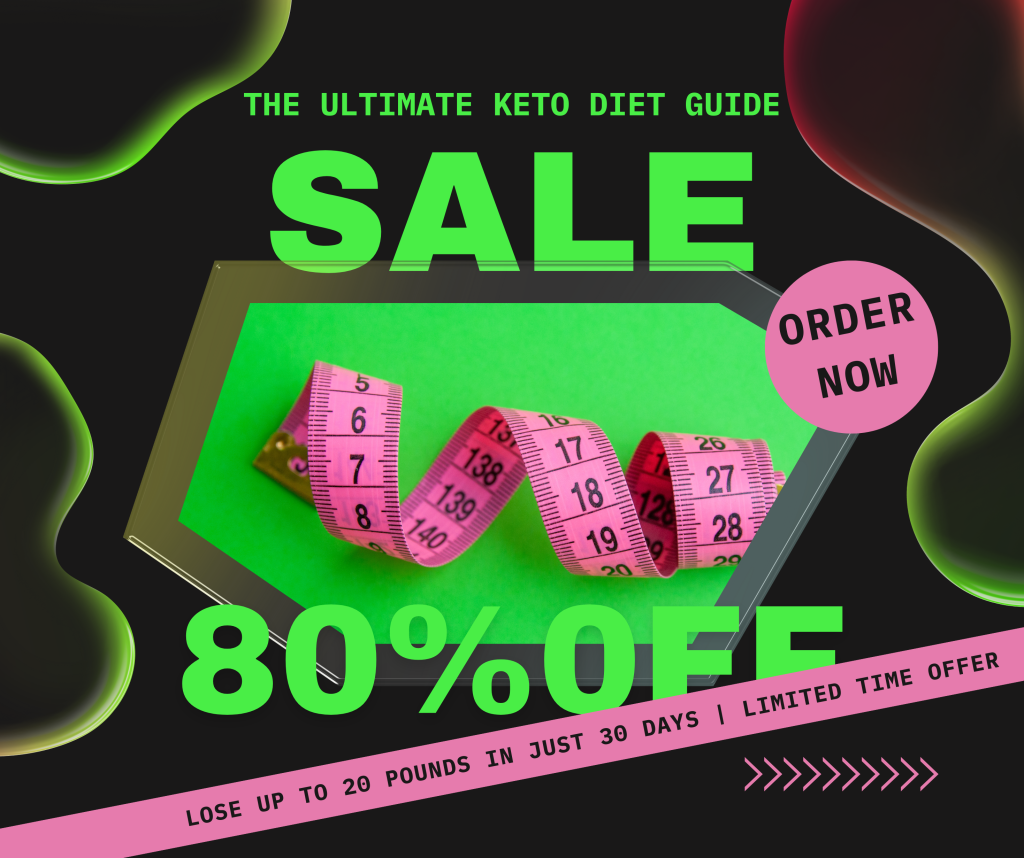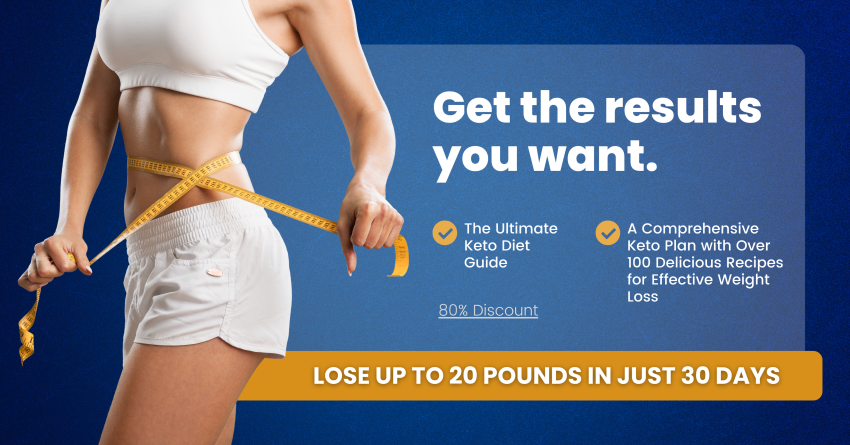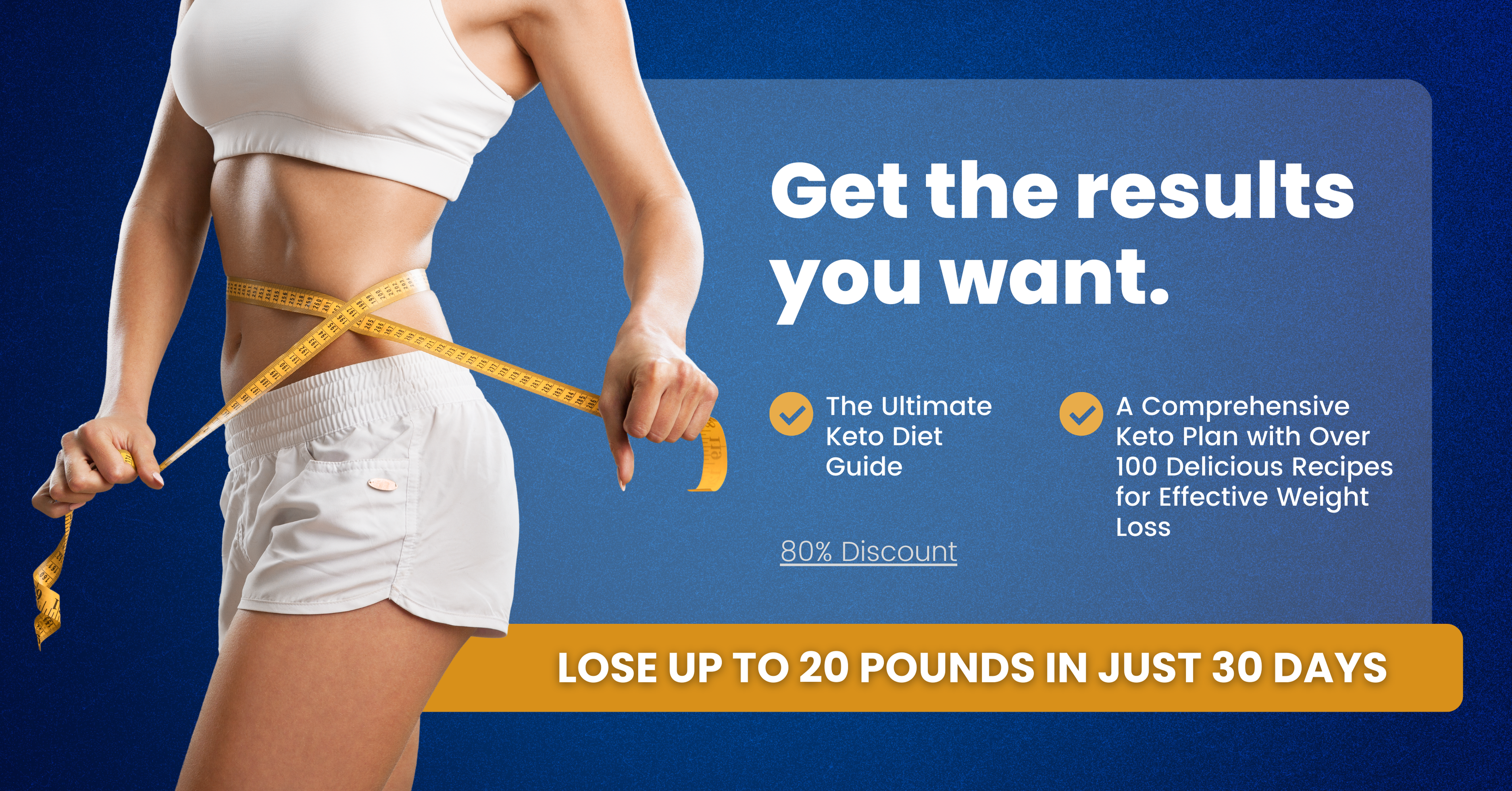

The Keto diet has gained immense popularity in recent years as an effective way to lose weight and improve overall health. However, for beginners just starting out on the Keto diet, it can be overwhelming to navigate all the information and guidelines. That’s why we’ve put together the ultimate guide to the Keto diet for beginners to help you get started on your journey to a healthier lifestyle.
What is the Keto diet?
The Keto diet, short for ketogenic diet, is a high-fat, low-carbohydrate eating plan that aims to put your body into a state of ketosis. Ketosis is a metabolic state in which the body burns fat for fuel instead of carbohydrates. By drastically reducing your carbohydrate intake and increasing your fat intake, the Keto diet can help you lose weight, improve energy levels, and enhance mental clarity.
How does the Keto diet work?
When you consume a low amount of carbohydrates, your body enters ketosis, where it starts burning fat for energy instead of glucose from carbohydrates. This process can lead to rapid weight loss as your body uses stored fat for fuel. In addition, following a Keto diet can help stabilize blood sugar levels, reduce inflammation, and improve overall health.
What can you eat on the Keto diet?
On the Keto diet, you’ll focus on eating high-fat, moderate-protein, and low-carb foods. Some of the best foods to include in your Keto diet are:
– Meat and poultry: Beef, chicken, pork, and turkey
– Fish and seafood: Salmon, tuna, shrimp, and mussels
– Eggs: Eggs are a staple on the Keto diet
– Low-carb vegetables: Spinach, broccoli, cauliflower, and zucchini
– Healthy fats: Avocado, olive oil, coconut oil, and butter
Foods to avoid on the Keto diet include:
– Sugary drinks and snacks
– Grains and starches
– Processed foods
– High-sugar fruits
– Legumes and beans
How to get started on the Keto diet
If you’re just starting out on the Keto diet, it’s important to ease into the new way of eating. Here are some tips to help you get started:
1. Calculate your macros: To follow the Keto diet effectively, you’ll need to calculate your macronutrient intake. Aim for around 70-75% of your calories from fat, 20-25% from protein, and 5-10% from carbs.
2. Plan your meals: Meal planning is essential when following the Keto diet. Make sure to have plenty of high-fat, low-carb foods on hand to keep you satisfied and on track.
3. Stay hydrated: Drinking plenty of water is crucial on the Keto diet, especially during the initial stages when your body is adjusting to burning fat for fuel.
4. Monitor your progress: Keep track of your weight, energy levels, and overall well-being to see how the Keto diet is working for you.
In conclusion, the Keto diet can be a powerful tool for weight loss and improving overall health. By following the ultimate guide to the Keto diet for beginners, you can start your journey to a healthier lifestyle with confidence and success.
